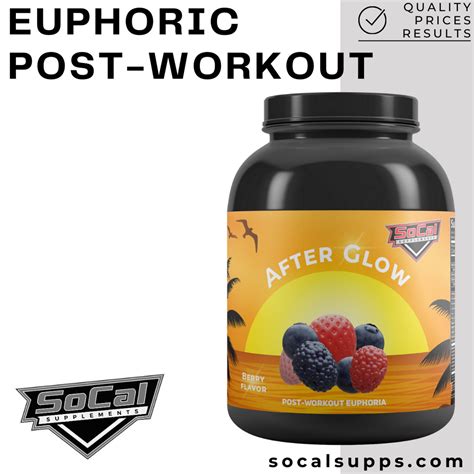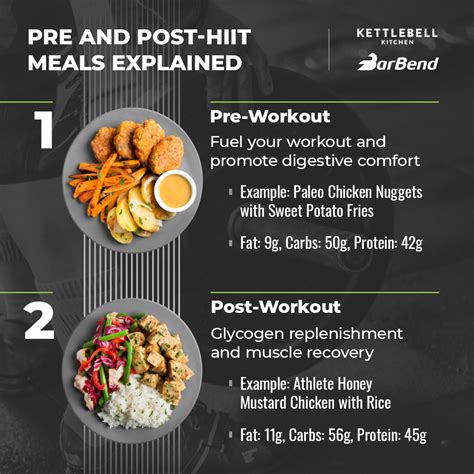Optimal recovery post-workout: fuel faster gains, prevent injury for peak performance?

Why Post-Workout Recovery is Non-Negotiable
Many athletes and fitness enthusiasts diligently plan their workouts, focusing on intensity, volume, and progressive overload. Yet, a crucial component often overlooked or undervalued is post-workout recovery. True progress doesn’t happen during the workout itself, but in the hours and days that follow. It’s during this time that your body repairs, rebuilds, and adapts to the stress you’ve placed upon it. Neglecting optimal recovery can lead to stalled progress, increased risk of injury, chronic fatigue, and ultimately, a plateau in performance.
Optimal recovery is not just about feeling less sore; it’s about creating an environment where your body can efficiently repair muscle tissue, replenish energy stores, adapt to new demands, and strengthen itself. This proactive approach ensures you’re ready for your next training session, consistently performing at your best, and making continuous gains.

The Pillars of Optimal Recovery
1. Refuel with Purpose: Nutrition is Key
What you put into your body immediately after a workout significantly impacts your recovery trajectory. This is often referred to as the “anabolic window,” a period when your muscles are most receptive to nutrients. Prioritize a combination of protein and carbohydrates. Protein provides the amino acids necessary for muscle repair and synthesis, preventing muscle breakdown. Carbohydrates are essential for replenishing glycogen stores, your primary energy source, which are depleted during intense exercise. Aim for a protein-to-carb ratio that suits your goals, typically around 1:2 or 1:3.
Hydration is equally critical. Sweating during exercise leads to fluid and electrolyte loss. Rehydrating with water and electrolyte-rich beverages helps restore fluid balance, supports nutrient transport, and prevents muscle cramps and fatigue. Don’t wait until you’re thirsty; sip water throughout your workout and continue to rehydrate post-session.

2. Rest and Rejuvenate: The Power of Sleep
In our fast-paced world, sleep is often the first thing to be sacrificed. However, quality sleep is arguably the most powerful recovery tool available. During deep sleep stages, your body releases growth hormone, which is vital for muscle repair, tissue growth, and fat metabolism. Sleep also plays a critical role in regulating cortisol (stress hormone) levels and supporting immune function, both of which are crucial for consistent training and overall well-being.
Aim for 7-9 hours of uninterrupted, high-quality sleep per night. Establish a consistent sleep schedule, create a dark and cool sleep environment, and avoid screens before bed to optimize your body’s natural recovery processes. Under-sleeping is akin to overtraining; it compromises your ability to adapt and perform.

3. Active Recovery and Mobility: Keep Moving Smartly
While rest is crucial, complete inactivity isn’t always the best approach. Active recovery involves low-intensity exercise that promotes blood flow without adding significant stress to the body. This can include light walking, cycling, swimming, or yoga. Increased blood flow helps remove metabolic waste products from muscles and delivers oxygen and nutrients, thereby accelerating the healing process.
Incorporate mobility work, stretching, and foam rolling into your routine. These practices help improve flexibility, reduce muscle stiffness, address knots and trigger points, and maintain joint health. Regular mobility work can also correct muscular imbalances, leading to better movement patterns and significantly reducing the risk of injury.

Timing: The Golden Window
While recovery is a continuous process, the period immediately following your workout is particularly crucial. The “anabolic window” for nutrient timing is not as rigid as once thought, but consuming protein and carbohydrates within 30-60 minutes post-exercise can kickstart the recovery process more efficiently. Similarly, dynamic stretching or a light cool-down immediately after your main session can aid in reducing muscle soreness and improving flexibility more effectively than static stretching done much later.

The Long-Term Benefits: Beyond the Gym
Prioritizing optimal post-workout recovery yields a cascade of benefits that extend far beyond simply reducing muscle soreness. You’ll experience faster muscle repair and growth, leading to more significant and quicker gains in strength and hypertrophy. Your endurance and overall performance will improve as your body becomes more efficient at adapting to training stress. Crucially, a well-recovered body is a resilient body, significantly lowering your risk of overuse injuries and allowing for consistent, uninterrupted training. This holistic approach to recovery contributes to sustained peak performance, better mood, reduced fatigue, and a more enjoyable fitness journey overall.
Conclusion: Make Recovery Your Priority
Optimal post-workout recovery is not a luxury; it’s a fundamental pillar of any effective training program. By strategically focusing on nutrition, adequate sleep, and smart active recovery techniques, you empower your body to repair, rebuild, and adapt more efficiently. Embrace recovery as an integral part of your training, and you’ll not only fuel faster gains and prevent injuries but also unlock your true potential for peak performance in every aspect of your fitness journey.








